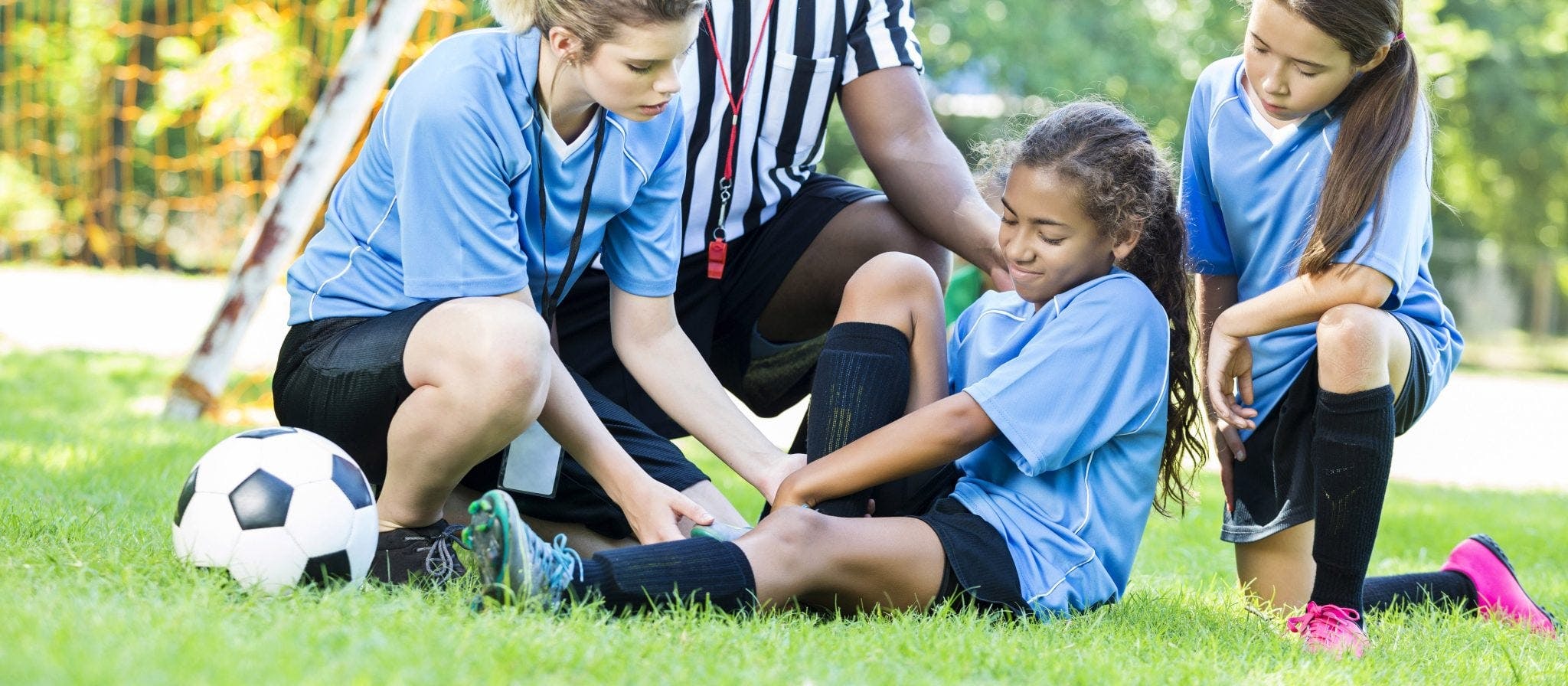
2025-06-10T13:54:10
Understanding Skin Grafts
- Dermatology
- Family Medicine
- Internal Medicine
- Orthopedics
June 8, 2017 | Family Medicine • Sports Fitness and Physical Therapy
Specialties:Family Medicine • Sports Fitness and Physical Therapy

All sports come with a risk of injury, and in general, the more contact involved in the sport, the higher the risk of a more significant or traumatic injury. In many cases, particularly for youth and younger adults, the benefits of sports participation tend to greatly outweigh these injury risks.
That doesn’t mean even younger people don’t have to worry about the potential for injuries, however, and anyone participating in sports should take precautions against these injuries. Here’s a look at some of the common injuries and risks, and some steps that athletes both young and old can take to reduce their risk.
The most frequent types of sports injuries are sprains (ligament injuries), strains (muscle injuries) and stress fractures (bone injuries). When extreme stress is placed on any of these areas, injury can occur. In young athletes, overuse is often the cause of an injury.
The seven most common sports injuries are as follows:
To reduce the risk of a sports-related injury, some tactics include:
If you have any specific questions about sports activity and injury prevention for you or your child, your doctor can offer recommendations.
Orthopedics is rewarding for me because it allows me to help patients with injuries and get them back into action quickly. My classes in anatomy initially sparked my interest in medicine and also led me to choose orthopedics as a specialty. I love meeting people of all ages in my practice—I see kids, athletes, adults and retirees. I enjoy being able to understand people’s unique situations and trying to help them recover.
[
“The Seven Most Common Sports Injuries.” WebMD. http://www.webmd.com/men/features/seven-most-common-sports-injuries#1
“2017 Sports Injury Prevention Tip Sheet.” American Academy of Pediatrics. https://www.aap.org/en-us/about-the-aap/aap-press-room/news-features-and-safety-tips/pages/sports-injury-prevention-tip-sheet.aspx

WRITTEN BY:
The Live Better Team

2025-06-10T13:54:10

2025-04-24T14:00:43

2025-03-10T14:24:39

2025-01-21T10:28:42
This information is not intended to replace the advice of a medical professional. You should always consult your doctor before making decisions about your health.